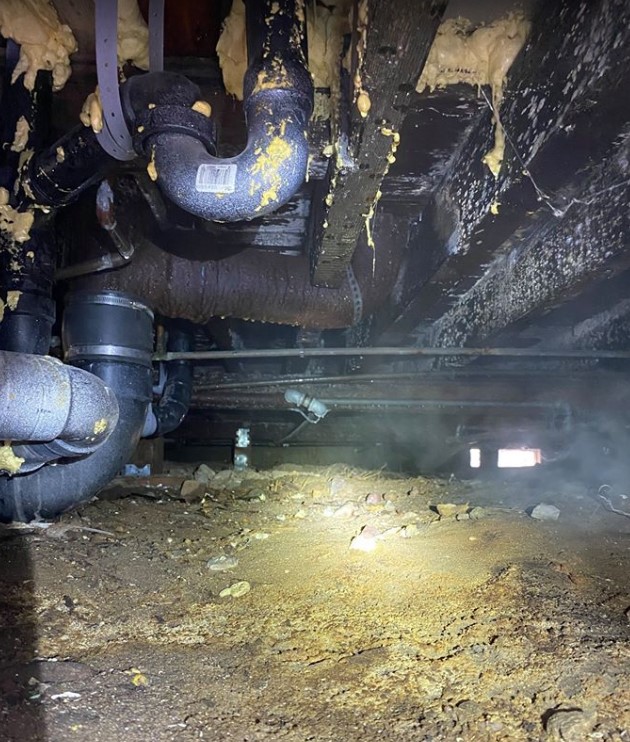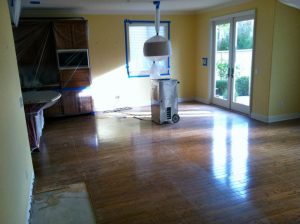Invigorating Your Area: The Ultimate Overview to Water Damages Restoration
Are you taking care of water damage in your space? Don't fret, we have actually got you covered. In this ultimate guide, we'll show you exactly how to recover your room to its former splendor. From determining the signs of water damage to repairing and protecting against future damages, we'll stroll you with each step. So grab your devices and let's start on rejuvenating your space!
Identifying the Signs of Water Damages
If you see discolored walls or observe a moldy scent, it's likely an indication of water damage. Water damage can occur in different types, and it is essential to be able to identify the indications early on to stop more degeneration. One usual indicator of water damages is the existence of discolorations or spots on your wall surfaces. These patches may appear darker or yellow-colored and can be triggered by water leaking with the walls. Additionally, if you see paint peeling or bubbling, maybe an indication of water damages below the surface. Another indicator is a musty or moist odor in your home. This smell is commonly brought on by mold and mildew or mildew development, which prosper in wet settings. If you spot this scent, it's critical to examine the resource and deal with any water damage quickly. Various other indications to look out for include warped or sagging floorings, puffy or discolored walls, and the existence of mold and mildew or mildew on surface areas. By being alert and identifying these indications, you can take the needed steps to resolve water damage and recover your area to its previous glory.
Evaluating the Extent of the Damage
Evaluating the degree of damage can aid determine the essential steps for remediation. When water damage takes place, it is essential to thoroughly evaluate the circumstance to understand the extent of the damages. Look for noticeable signs of water damages, such as discoloration, warping, or mold growth.
As soon as you have analyzed the level of the damage, you can identify the required steps for restoration. If the damages is very little and constrained to a small location, you may be able to deal with the repair process yourself. Nonetheless, if the damage is extensive or entails structural aspects, it is suggested to look for specialist help. Restoration professionals have the expertise and tools to efficiently reduce the damage and recover your area to its pre-damaged condition.
Getting Rid Of Standing Water and Drying Out the Room

When you have drawn out as much water as possible, it's time to concentrate on drying out the space. Use fans and dehumidifiers to speed up the drying out process.
Screen the water damage cleanup tips moisture levels and wetness content routinely. Purchase a dampness meter to precisely evaluate the progression. Bear in mind that drying out an area might take a number of days and even weeks, relying on the level of the water damage.
Repairing and Recovering Broken Structures and Materials
You can begin fixing and recovering broken frameworks and products by analyzing the extent of the damage. As soon as you have a clear understanding of the damages, you can start the restoration process.
Begin by removing any kind of damp or top article damaged products. This may include tearing out wet drywall, eliminating water logged rug, or discarding ruined furnishings. Make certain to put on safety equipment, such as handwear covers and a mask, to stay clear of call with any type of potentially hazardous materials.
Next, thoroughly completely dry out the area to stop additional damages and the development of mold and mildew. Use fans, dehumidifiers, and open home windows to promote air movement and accelerate the drying procedure. It is necessary to attend to any type of sticking around dampness to avoid future problems.
After the room is entirely dry, you can start fixing and changing damaged products. This may include patching holes in the wall surfaces, redecorating wood floorings, or repainting surfaces. If necessary, speak with professionals to ensure proper repair services and remediation.
Protecting Against Future Water Damages and Preserving a Healthy Area
When the area is completely dry, it's vital to take actions to protect against future water damage and preserve a healthy and balanced environment. Begin by dealing with any underlying concerns that may have caused the water damages to begin with. Examine for dripping pipelines, faulty pipes, or bad drainage systems. Dealing with these concerns will certainly assist prevent future water damage and make certain the longevity of your room.
These steps will certainly aid this content avoid water accumulation and potential damage to your building. Clear away any kind of debris that may obstruct the circulation of water and trigger it to overflow.

Final Thought
By determining the signs of water damages, analyzing the level of the damage, removing standing water, and fixing and bring back broken structures, you can renew your area. Go ahead, take on that water damage and create a stunning and secure room as soon as again.